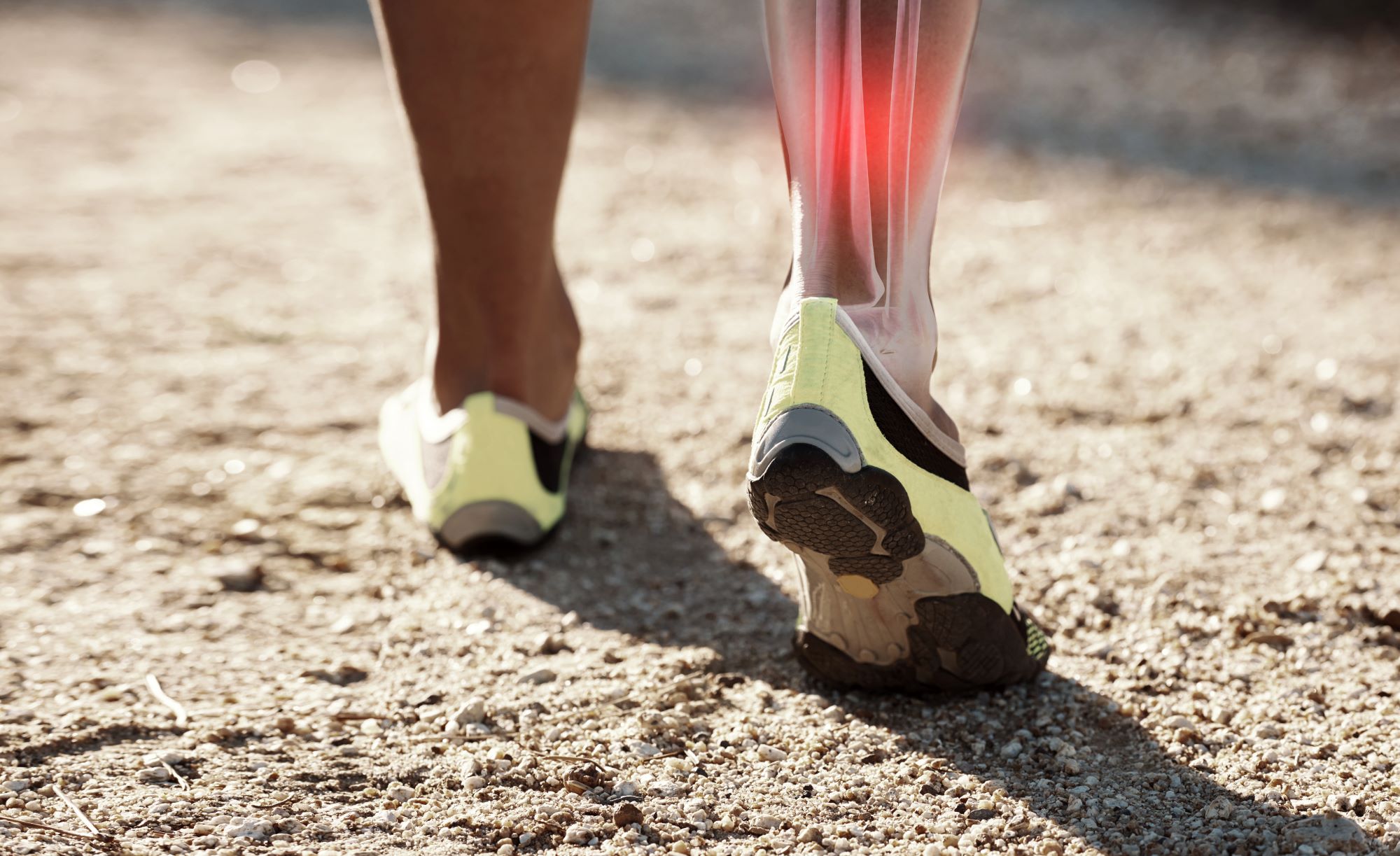
Hiking for Health: Uncovering the Skeletal Benefits of Hiking
Hiking, a weight-bearing exercise involving walking over varied terrains, is highly effective in enhancing bone density and overall bone health. This benefit is particularly significant in the diverse and rugged landscapes of Utah, where the range of trails offers unique challenges for bone strengthening. The act of hiking involves carrying one's own body weight, which stresses the bones just enough to stimulate bone-forming cells, leading to increased bone density. This is crucial in the prevention of osteoporosis, a condition characterized by weakened bones. Utah's trails, from the rocky paths of Bryce Canyon to the steep climbs in the Wasatch Range, require different levels of effort and adaptability, providing a comprehensive workout for the bones.
The varying terrain of Utah's hiking trails plays a pivotal role in bone health. Uneven surfaces, common in trails like those in Zion National Park or the Grand Staircase-Escalante National Monument, require more balance and stability. This engages and strengthens not just the bones but also the muscles around them, providing additional support and reducing the risk of bone-related injuries. Hiking on such terrain exerts different types of stress on various parts of the skeleton, particularly the legs, hips, and spine, which are crucial areas for bone health. Regular hiking on these terrains helps in continuously adapting and strengthening these critical bone areas.
The intensity and duration of hikes in Utah also contribute significantly to bone health. Longer hikes, such as traversing the multi-day routes in Canyonlands National Park, offer sustained weight-bearing exercise, which is beneficial for bone strength. Similarly, shorter but more intense hikes, like ascending the Angels Landing Trail, provide a high-impact workout that can effectively stimulate bone growth and density. The key is the consistency and variety of the hiking experiences, which are abundant in Utah, allowing for a well-rounded approach to improving bone health.

Age and gender play important roles in bone density, and hiking offers benefits across different age groups and genders. Postmenopausal women, who are at a higher risk of osteoporosis, can particularly benefit from the bone-strengthening effects of hiking. Utah's hiking community is diverse, with trails suitable for all ages and fitness levels, making it an inclusive activity for those looking to improve their bone health. The state's various hiking clubs and groups provide a supportive environment for people, especially older adults, to start and maintain a regular hiking regimen.
Nutrition is another critical factor in bone health, and the physical activity of hiking often encourages healthier eating habits, which are beneficial for bone density. Utah's natural bounty and focus on healthy living mean that hikers have access to foods rich in calcium and vitamin D, essential nutrients for bone health. The state's culture promotes the consumption of local, nutrient-rich produce, dairy products, and lean meats, all of which contribute to stronger bones. Additionally, the hydration needs during hiking, especially in Utah's dryer climate, help maintain a balance of minerals crucial for bone health.
The psychological benefits of hiking, particularly in the scenic landscapes of Utah, also indirectly support bone health. Stress and anxiety are known to contribute negatively to overall health, including bone health. The mental and emotional relief provided by hiking in natural, serene environments like those found in Utah can help mitigate these negative effects. The stress reduction from being outdoors, combined with the physical activity of hiking, creates a holistic approach to health that benefits the bones.
Finally, the diverse and accessible nature of Utah's hiking trails encourages regular participation, which is essential for sustained bone health. The state's vast array of trails caters to all skill levels, from beginners to experienced hikers, making it easier for individuals to engage in regular hiking activity. This accessibility ensures that people can consistently participate in this beneficial exercise, leading to long-term improvements in bone density and health. In summary, the combination of physical stress on bones, the variety of terrains, nutritional benefits, and psychological well-being, along with the inclusive and supportive hiking environment in Utah, makes hiking an ideal activity for improving bone density and overall bone health.